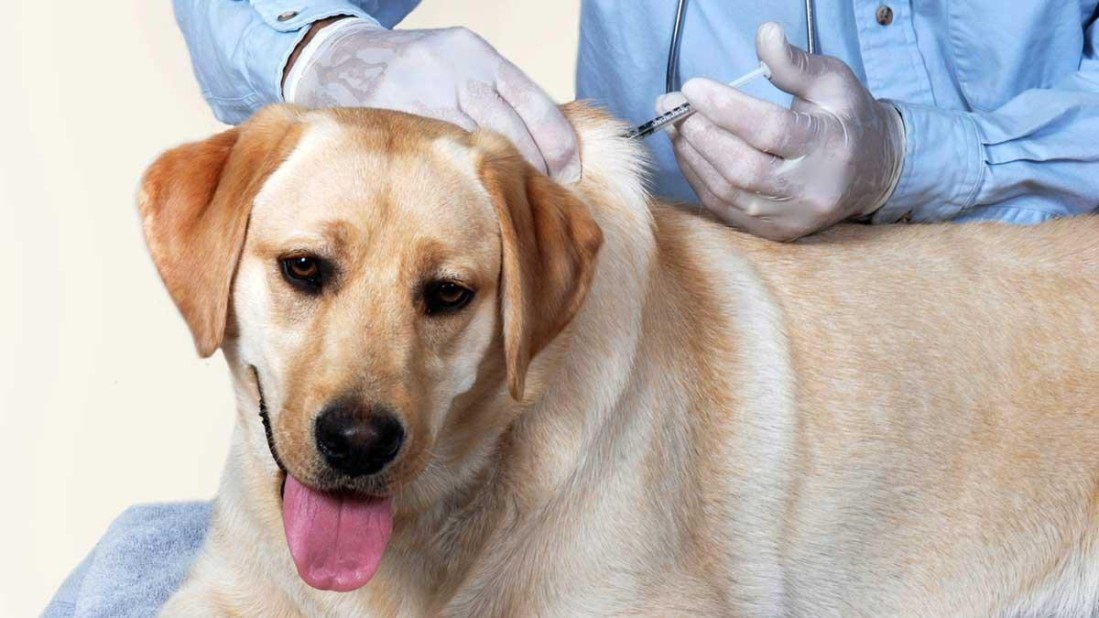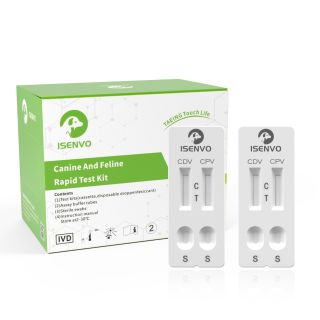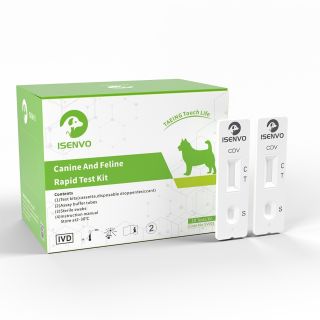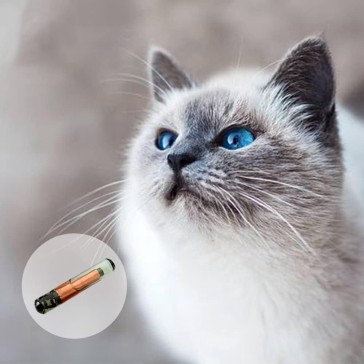Canine Distemper Virus (CDV) is one of the most serious viral infections in dogs, especially affecting puppies and unvaccinated dogs. While vaccines have significantly reduced the risk, CDV remains a serious threat in areas with low vaccination rates. Understanding the early signs of CDV and knowing preventive measures can help protect your dog from infection and improve recovery chances.
1. What is CDV (Canine Distemper Virus)?
CDV is an RNA virus that primarily attacks a dog’s respiratory, gastrointestinal, and nervous systems. It is highly contagious and can lead to severe complications, including death. Key characteristics of CDV include:
✔ Highly Infectious: Spread through respiratory droplets, saliva, nasal discharge, and urine
✔ Strong Environmental Survivability: Can survive on surfaces for hours to days, facilitating transmission
✔ Rapid Mutation: Different strains may cause varying symptoms and severity
✔ Carrier Risk: Recovered dogs may continue shedding the virus intermittently for months or even life
2. How to Detect CDV Early?
Early detection of CDV is crucial for prompt treatment and preventing complications. Watch for these symptoms in your dog:
1. Respiratory Symptoms (Similar to Canine Flu)
Frequent coughing
Sneezing
Nasal discharge (may start clear, then turn yellow or green)
Difficulty breathing
2. Gastrointestinal Symptoms
Vomiting
Diarrhea
Loss of appetite and weight loss
3. Neurological Symptoms (Classic Signs)
Seizures
Twitching or involuntary movements
Uncoordinated walking (ataxia)
4. Other Symptoms
Fever (temperature > 39.4°C / 103°F)
Lethargy and reduced activity
Dehydration
⚠ Warning: If your dog shows severe neurological symptoms like muscle tremors, paralysis, or difficulty breathing, it could indicate a virulent strain of CDV—seek immediate veterinary care!
3. How to Prevent CDV Scientifically?
1. Vaccination—The Most Effective Prevention
The CDV vaccine is a core vaccine for puppies and adult dogs. A proper vaccination schedule is key to preventing infection:
Puppies: The first dose at 6-8 weeks, followed by boosters every 3-4 weeks until 16 weeks of age (typically 3-4 doses in total)
Adult dogs: Annual or triennial boosters, based on the vet’s recommendation
Note: While the vaccine significantly reduces the risk of infection, it does not guarantee 100% protection.
2. Minimizing Virus Spread
✅ Avoid contact with infected dogs: Keep your dog away from areas where outbreaks are reported or from dogs showing symptoms.
✅ Regular disinfection: Clean and disinfect shared areas, including toys, food bowls, and bedding.
✅ Limit exposure in high-risk areas: In dog parks or shelters, avoid contact with unvaccinated dogs or those showing any signs of illness.
✅ Control stress: Stress can weaken the immune system, making dogs more susceptible to infection.
3. Boosting Your Dog’s Immunity
Provide a balanced, nutritious diet
Ensure regular exercise
Keep up with vaccinations and regular vet check-ups
4. What to Do If Your Dog Contracts CDV?
There is no specific antiviral treatment for CDV, so supportive care is essential. Here's what to do:
✔ Fluid therapy to prevent dehydration
✔ Antibiotics to prevent secondary infections
✔ Anti-nausea medication to control vomiting
✔ Neurological care if seizures or neurological symptoms develop
✔ Comfortable environment to reduce stress (quiet and warm)
⚠ Important:
Isolate sick dogs to prevent transmission to others
Monitor recovered dogs closely, as they may still shed the virus
If your dog refuses to eat or drink for more than 24 hours, seek immediate veterinary care!
5. Summary: Key CDV Prevention Strategies
Vaccinate on schedule to prevent CDV
Isolate new or sick dogs to reduce virus exposure
Regularly disinfect areas where your dog spends time
Boost your dog’s immunity with proper diet, exercise, and care
Seek early intervention if symptoms appear
Though CDV remains a serious threat to dogs, scientific prevention and early detection can significantly reduce infection risks. If you suspect your dog may have CDV, consult your vet promptly for proper treatment!
A healthy dog starts with a proactive and caring owner!











Validate your login